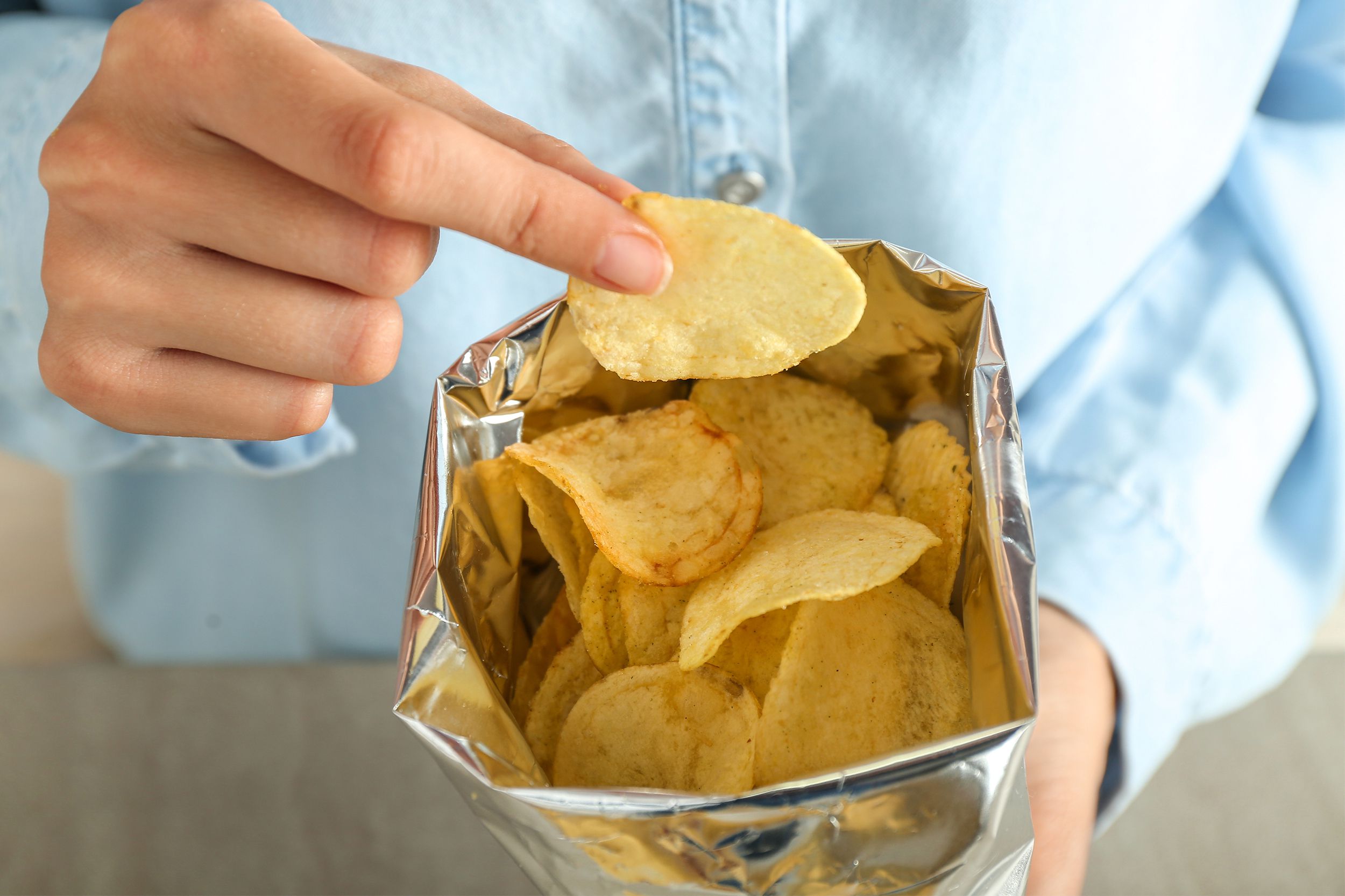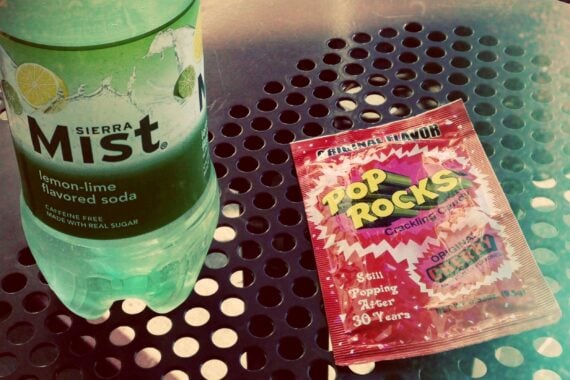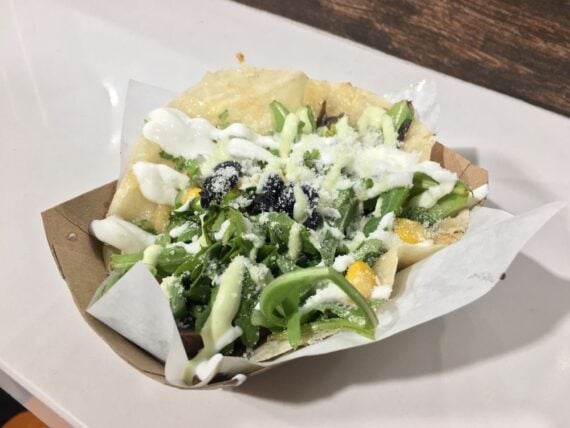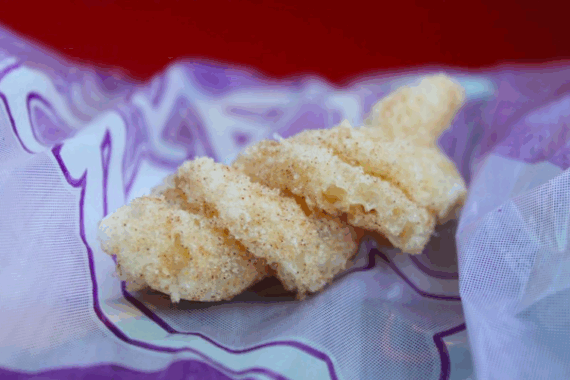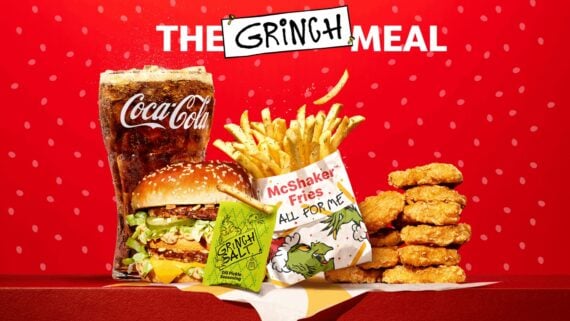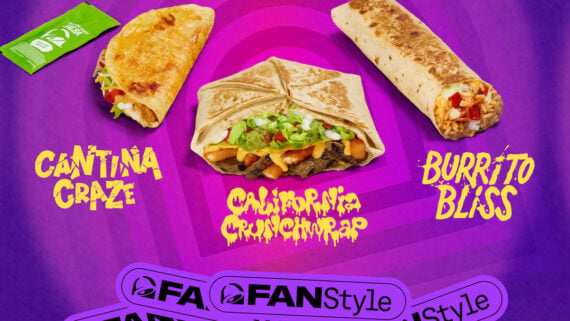Food is a central part of our lives, our cultures, and even our urban myths. Many media-perpetuated and classroom-circulated legends center around common snacks, fast food chains — even water — and our concerns or fears, even if unfounded, about them. Here’s how many of them began; which are true; which are false; and which are somewhere in between.
Related: The True Origins of 19 Classic “American” Foods
Chocolate Equals Instant Stress Relief

We’ve all heard the gendered stereotype that women reach for chocolate after a breakup or other emotional turmoil, and maybe they’re onto something. Studies show that chocolate can ease symptoms of premenstrual syndrome such as anxiety and suppress feelings of fatigue and irritation. In fact, chocolate’s mood-altering effects are caused by a release of neurochemicals such as serotonin, especially in combination with carbohydrates, as demonstrated by an MIT study involving brownies.
Bottled Water Is ‘Safer’ Than Tap
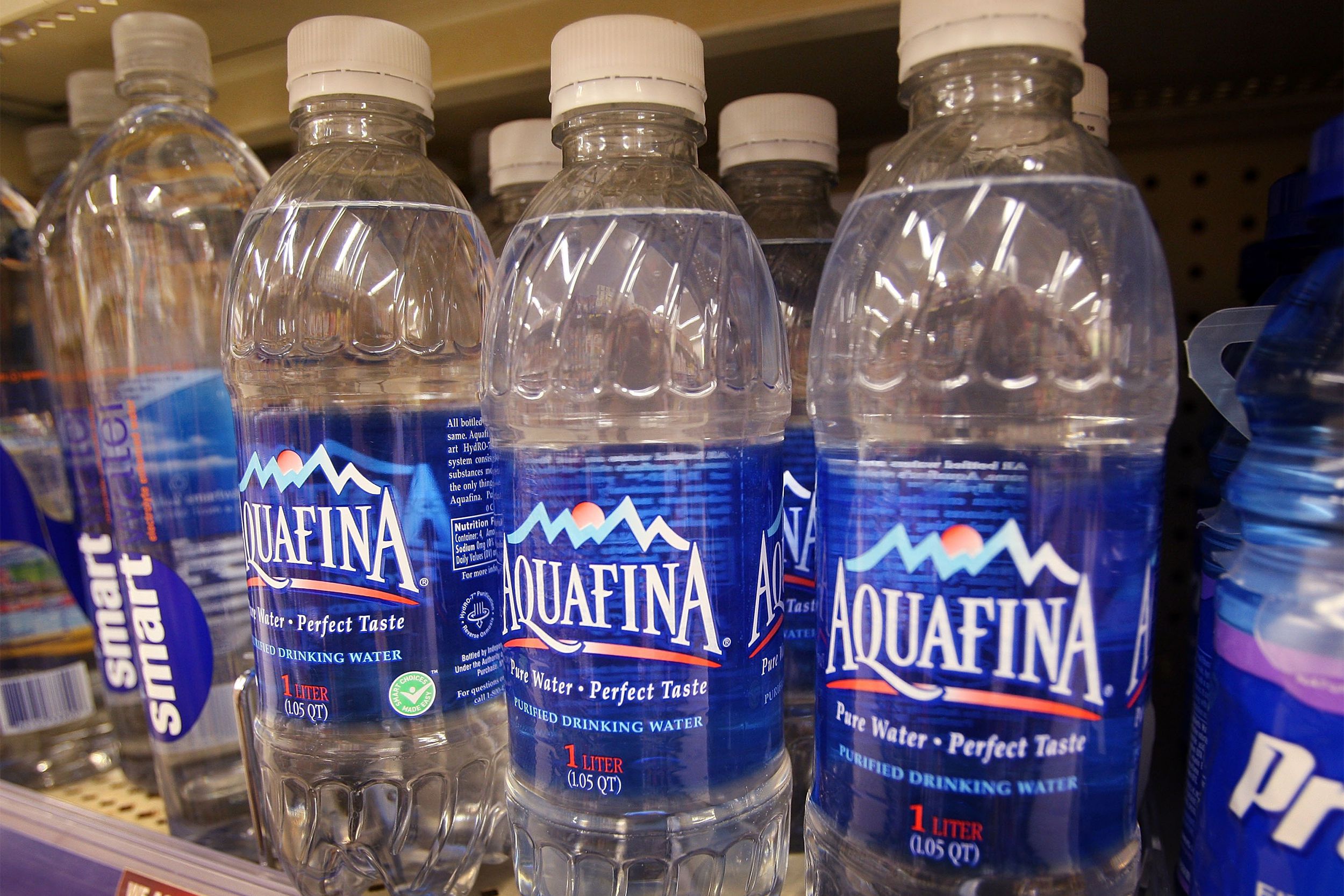
Sellers of bottled water capitalize on fears of tap water contamination to the point of charging more than 2,000 times as much for essentially the same product. In fact, tap water may even be safer than bottled in some cases. A 2020 report by the nonprofit Center for Environmental Health found that Whole Foods and Dr Pepper Snapple Group brands distributed in Walmarts and Targets contained enough arsenic to require a health warning under California law. Consumer Reports showed one brand had recalled thousands of cases for high levels of arsenic in 2016, but continued selling bottles just under the federal limit that could still pose health risks if consumed regularly.
Related: We Tried 9 Water Flavorings and These Are the Best
‘Raw Water’ Provides ‘Probiotic’ Benefits
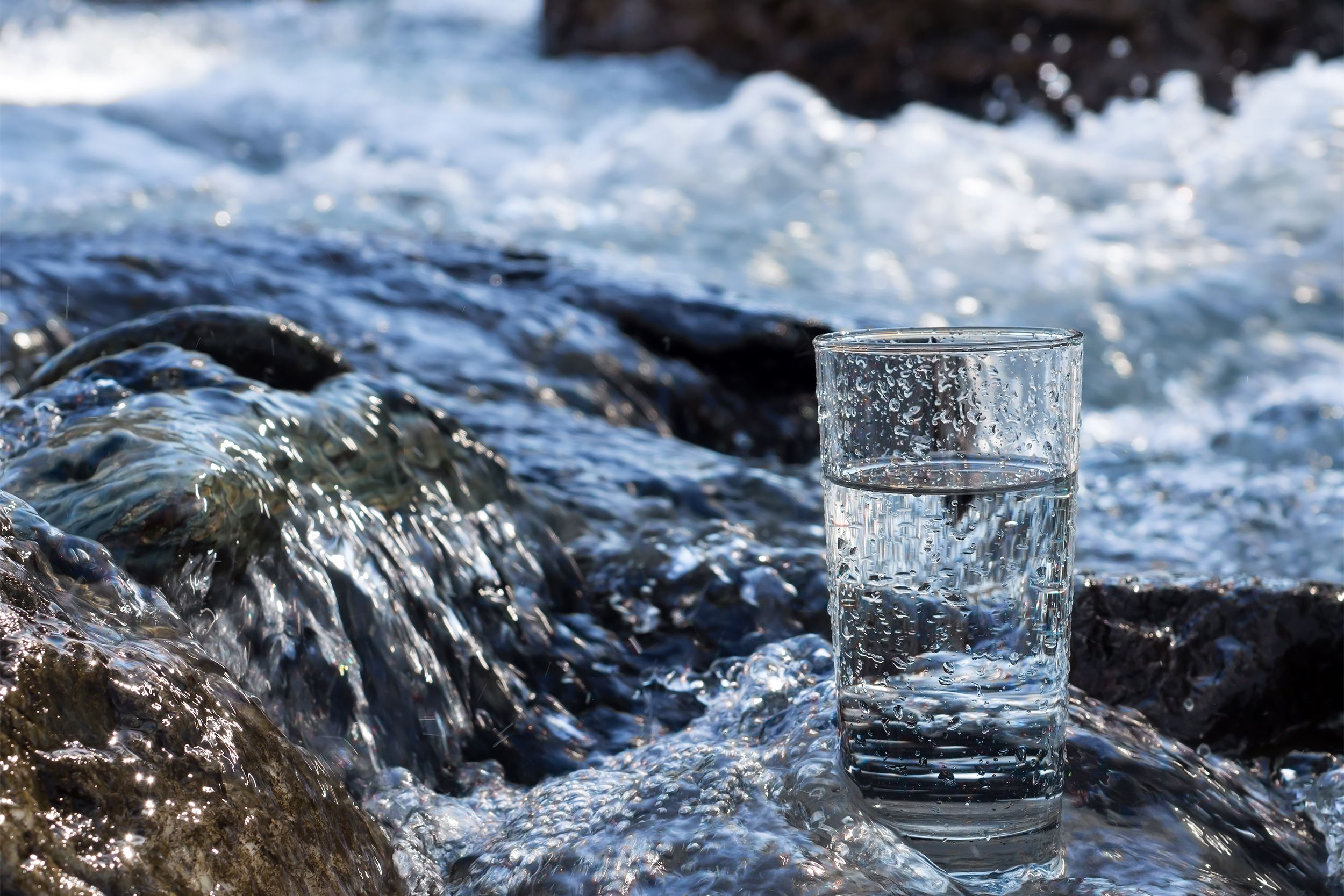
Though it makes Silicon Valley seem like a parody of itself, there’s been a movement favoring “off-the-grid” water as an alternative to bottled or tap, in line with other raw-foods crazes such as the paleo diet. Despite the unverified claims of “probiotic” benefits from sellers such as Live Water, drinking untreated spring water poses many well-established health risks from pathogens including cholera, E. coli, and hepatitis.
Related: The Best Water Filters
KFC Is Smuggled Across Borders
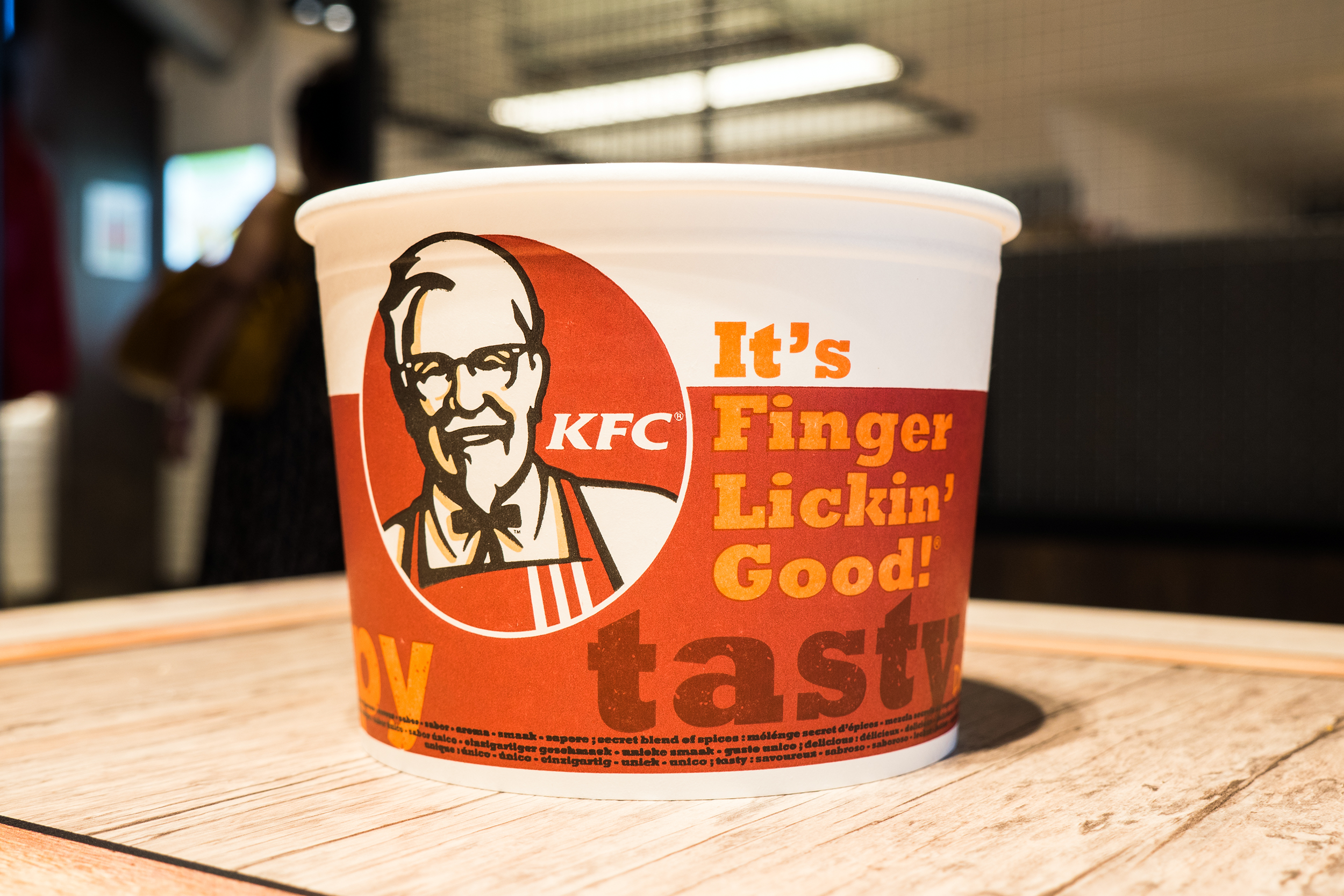
One of the strangest smuggling stories in recent memory was a New York Times’ report of a service using secret tunnels to deliver KFC from Egypt to Gaza. At an inflated $27 per 12-piece bucket, this well-traveled fast food took more than four hours to arrive in the densely populated coastal strip, home to 2.1 million Palestinians with between 40% and 50% unemployment, where the entry and exit of many goods remain restricted. Since the 2013 report, Western fast food franchises have remained unwelcome in the embattled territory.
There’s ‘Grade D’ Meat Being Used Everywhere
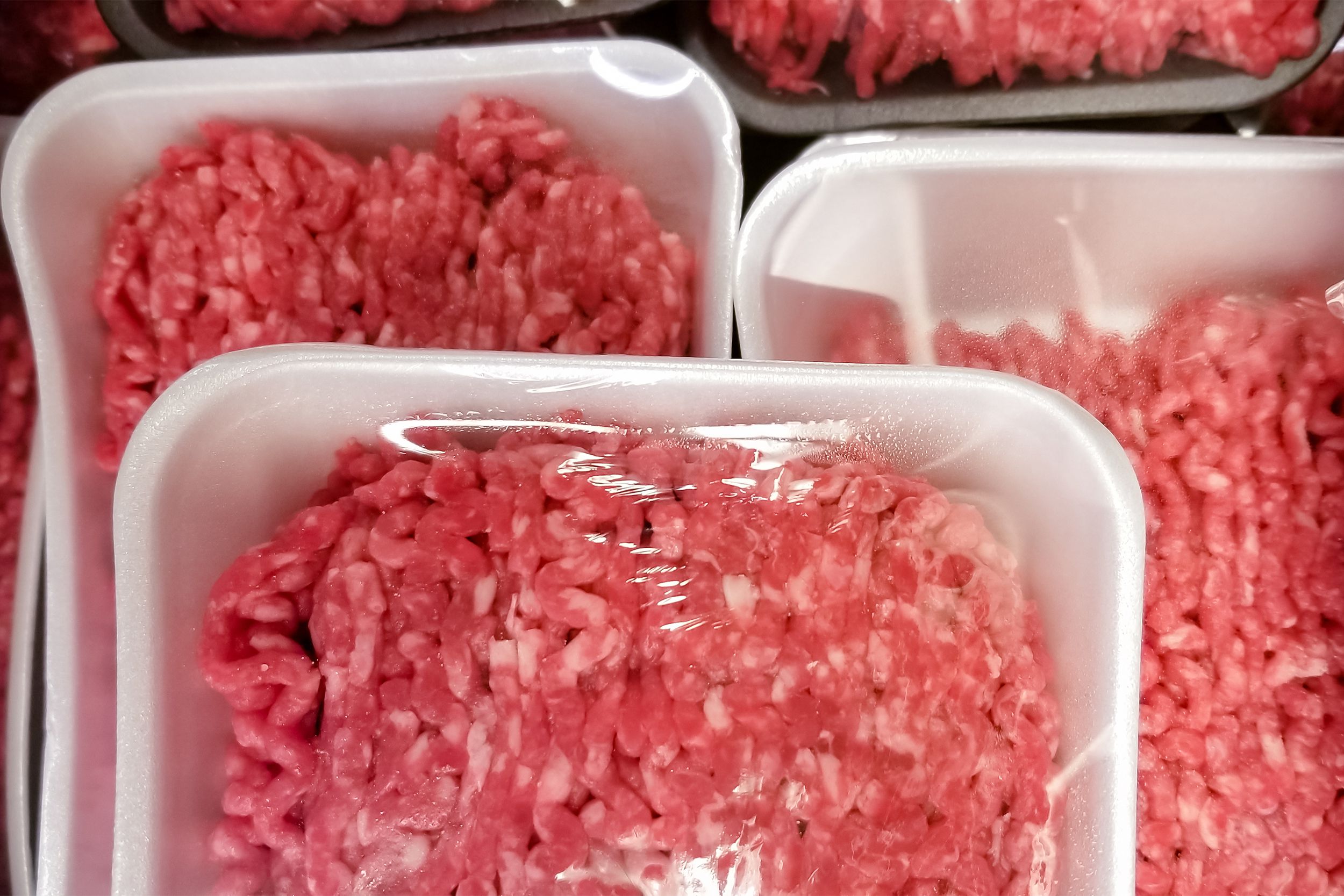
A common food myth is that the ground meat used by Taco Bell or other mass purveyors, including school cafeterias, is labeled as “Grade D but Edible,” if not just “Grade F.” But there is no letter grading system for meats in the U.S. — it operates on pass-fail guidelines, and optional USDA rankings range from “prime” to “canner.” As for Taco Bell meat, there’s no word on its ranking, just that it’s 88% beef, with the rest being standard additives and preservatives.
Trending on Cheapism
Jack in the Box Beef Tacos Are Actually Vegetarian
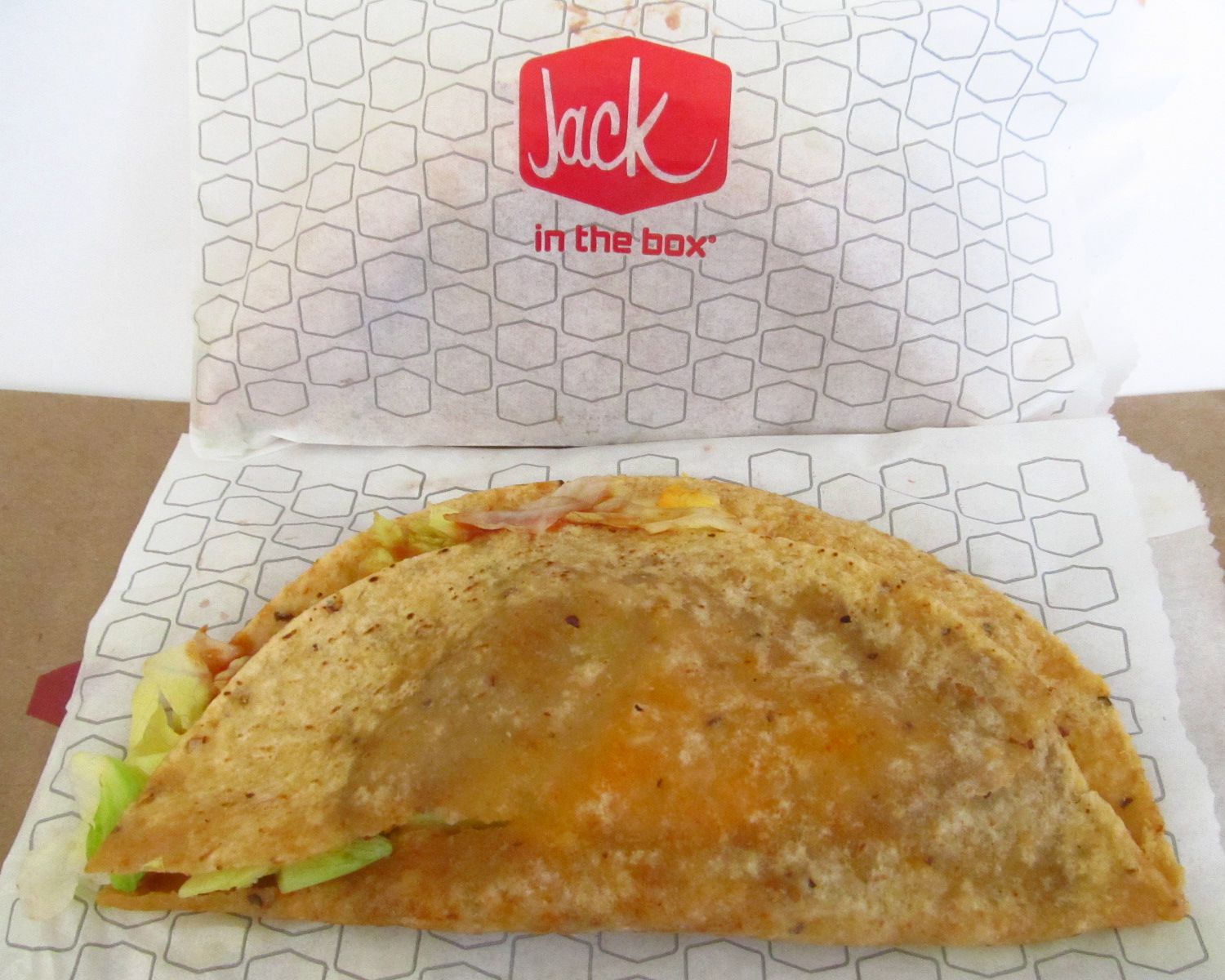
A related myth exists about whether Jack in the Box uses actual meat in its tacos — a menu item loved by some and loathed by others. A popular rumor suggests that instead of ground beef the fast-food chain uses a soy-based, textured vegetable protein — therefore making the tacos suitable for vegetarians. In true urban legend fashion, I personally knew someone who swore an employee told them it was soy. While an ingredient breakdown posted online by the company did indeed list textured vegetable protein as one of the “filling ingredients” in the tacos, it also list beef, and even chicken, first.
Gum Lasts for Years in Your Stomach

Twinkies Can Outlast an Apocalypse
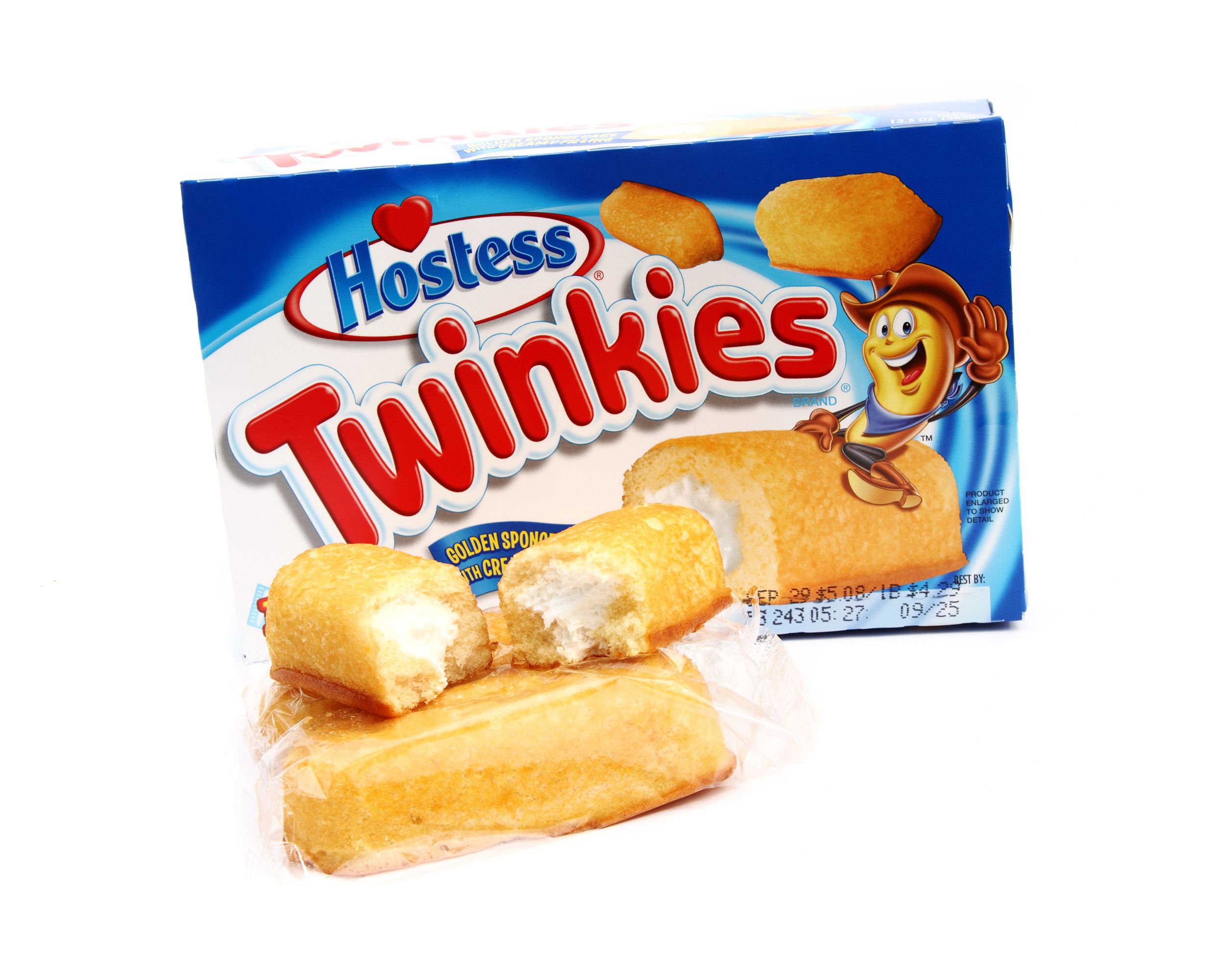
Whether it’s “Family Guy,” “Zombieland,” “WALL-E,” or a Chevy Super Bowl ad, Twinkies are playfully renowned as not just imperishable, but downright invincible — up there with cockroaches on the list of apocalypse survivors. Alas, though packed with artificial ingredients, the cream-filled yellow snack cakes have only one preservative and a reputed shelf-life of 25 days, according to their manufacturer Hostess.
Related: Twinkies, Moon Pies, and Other Guilty Pleasures You Can Make at Home
Sign up for our newsletter
Coca-Cola Used to Be Made with Cocaine
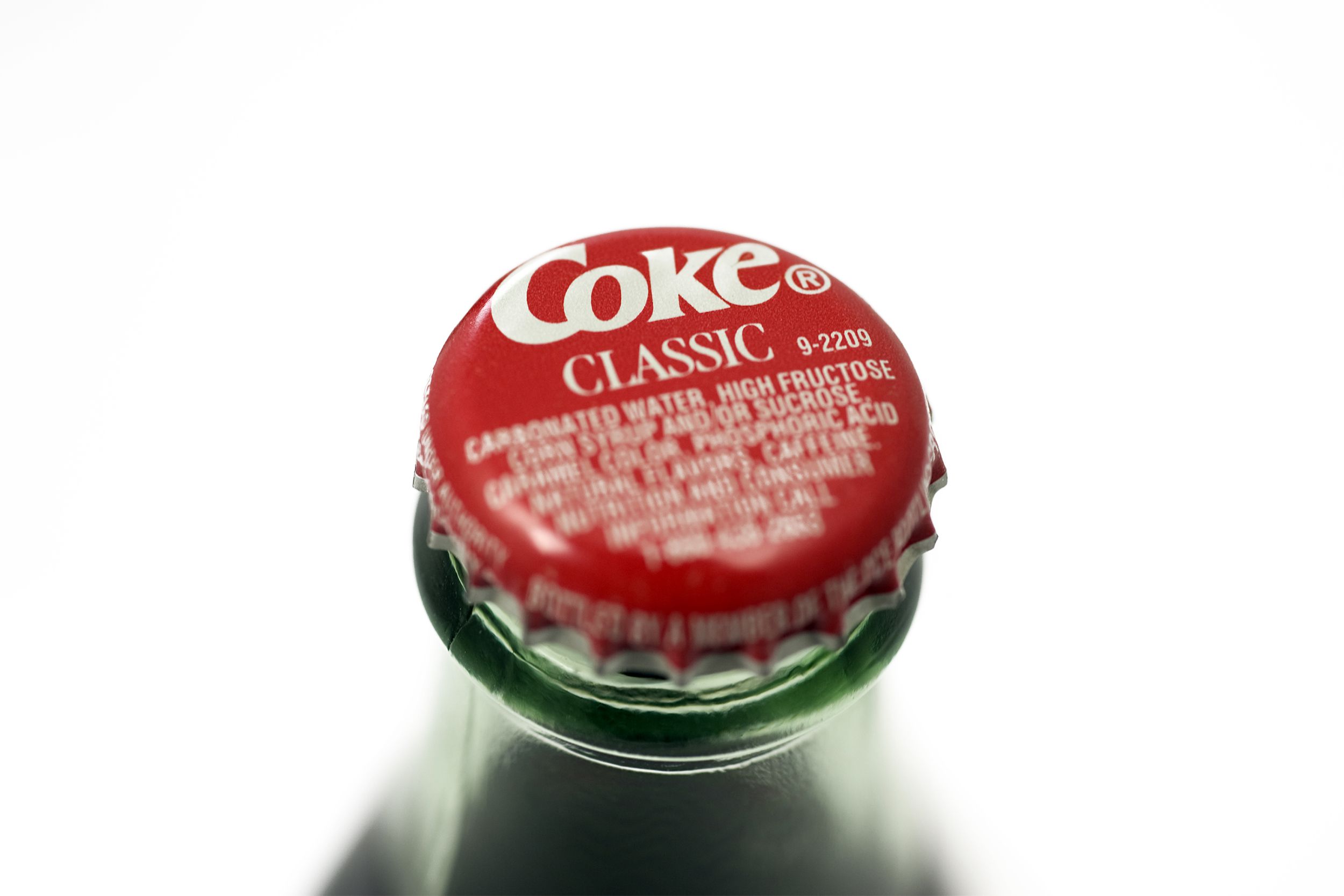
The world’s most popular soft drink is the subject of so many urban legends that it’s earned its own subcategory: Cokelore. One of the most obvious yet outlandish-sounding claims about Coca-Cola’s origins is based in truth: It was made with cocaine. Indeed, in 1885, the drink was named for its advertised medicinal ingredients of coca leaves and kola nuts. The recipe was superficially attached to the ingredients for the sake of branding for a while after. It was cut to a “mere trace” in 1891 and reported as six-100ths an ounce per 25 million gallons of Coca-Cola syrup, before finally being phased out completely in 1929.
Coca Cola Dissolves Teeth Overnight

Related: 17 Fun and Little-Known Facts About Coca-Cola
Pop Rocks and Coke Killed ‘Little Mikey’
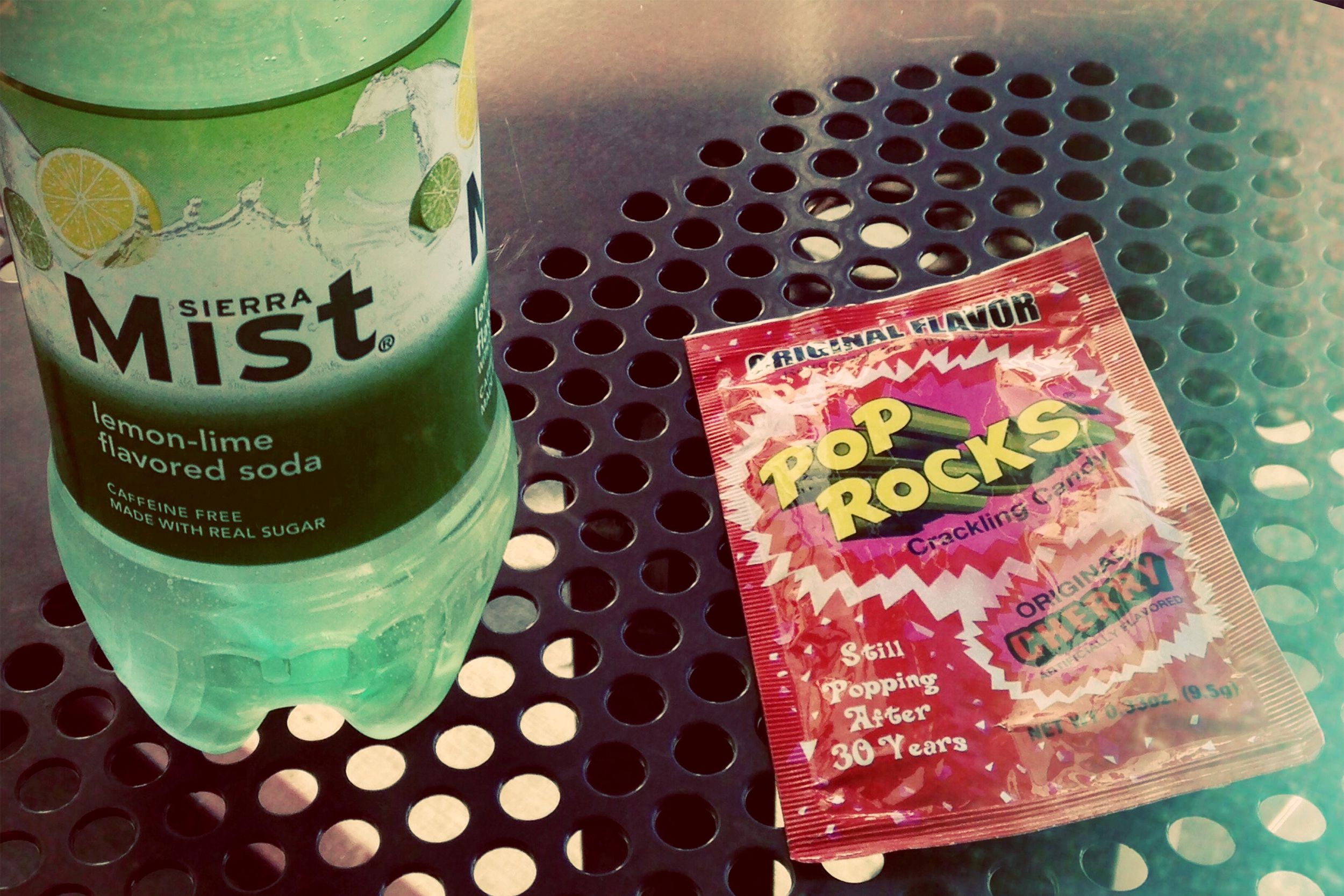
After Pop Rocks candy was released in 1975, rumors grew that combining the “popping” candy with soda could be fatal — and killed “Little Mikey,” the kid in an enduring Life Cereal commercial. But John Gilchrist, who played Little Mikey, is alive and well. And even though it’s taken out full-page ads explaining Pop Rocks generate less gas than half a can of soda, candy manufacturer General Foods is still putting up with farfetched, explosive rumors.
Diet Coke and Mentos Explode

Pop Rocks aren’t the only candy reputed to have a volatile relationship with Coke products. People love dumping hard-shelled, chewy Mentos into Diet Coke to shoot geysers of carbonation high into the air, so a 2006 story that claimed two Brazilian children died from ingesting the combination didn’t seem far-fetched. No deaths have been confirmed, though. Online videos of the “Mentos effect” suggest the stunt could be gastronomically distressing, but not life-threatening.
Jell-O Is Made from Horse’s Hooves
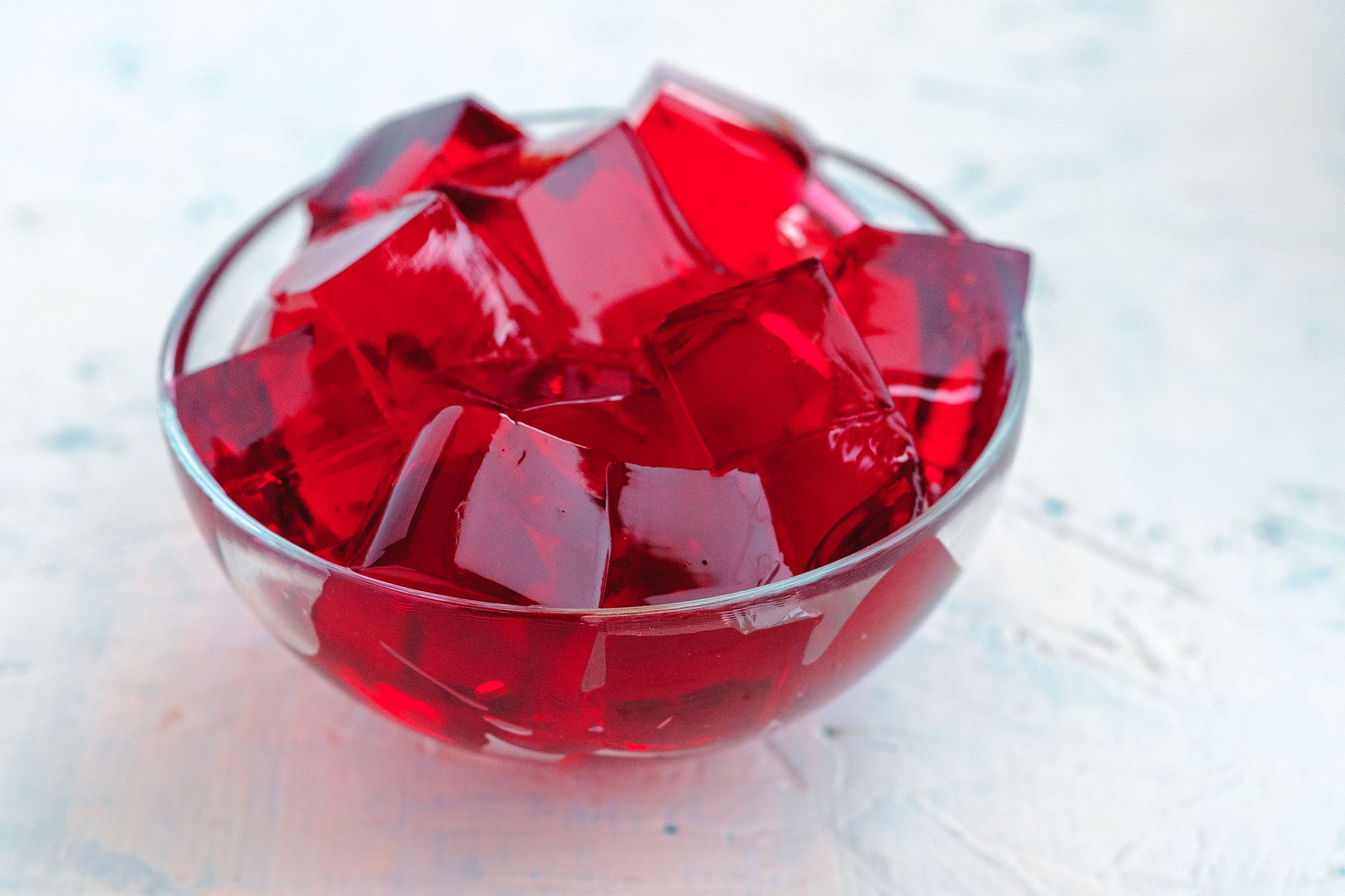
Dr Pepper Contains Prune Juice
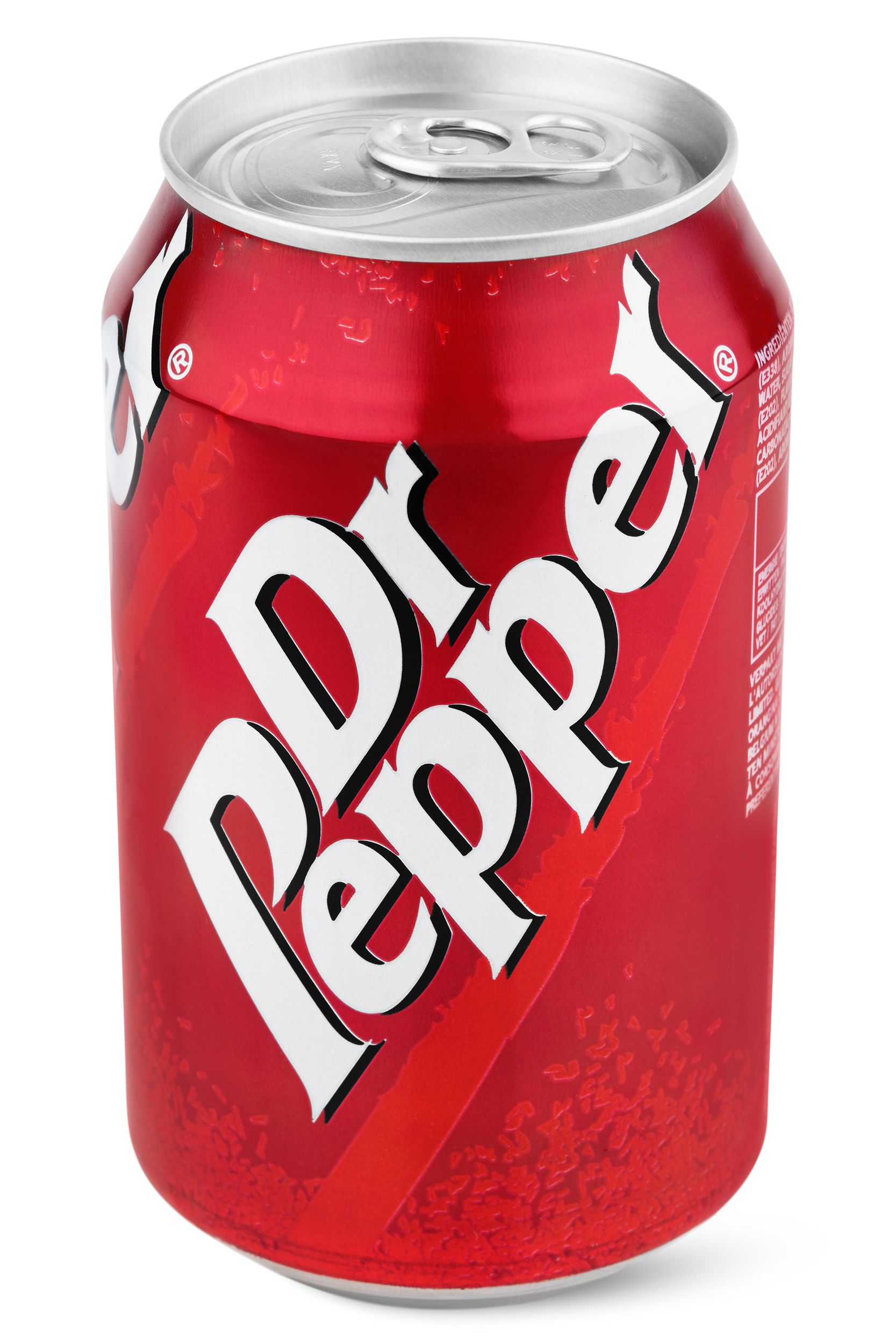
Like many popular food brands, Dr Pepper takes care to protect its 134-year-old secret recipe, though it’s happy to advertise that it’s “a blend of many fruit and flavor extracts.” One long-standing rumor alleges one flavor is prune juice, which Dr Pepper denies in an online FAQ: “No one is quite sure when or how the story that Dr Pepper contained prune juice started, but it has never been true.”
The Right Tootsie Pop Wrapper Wins Free Candy
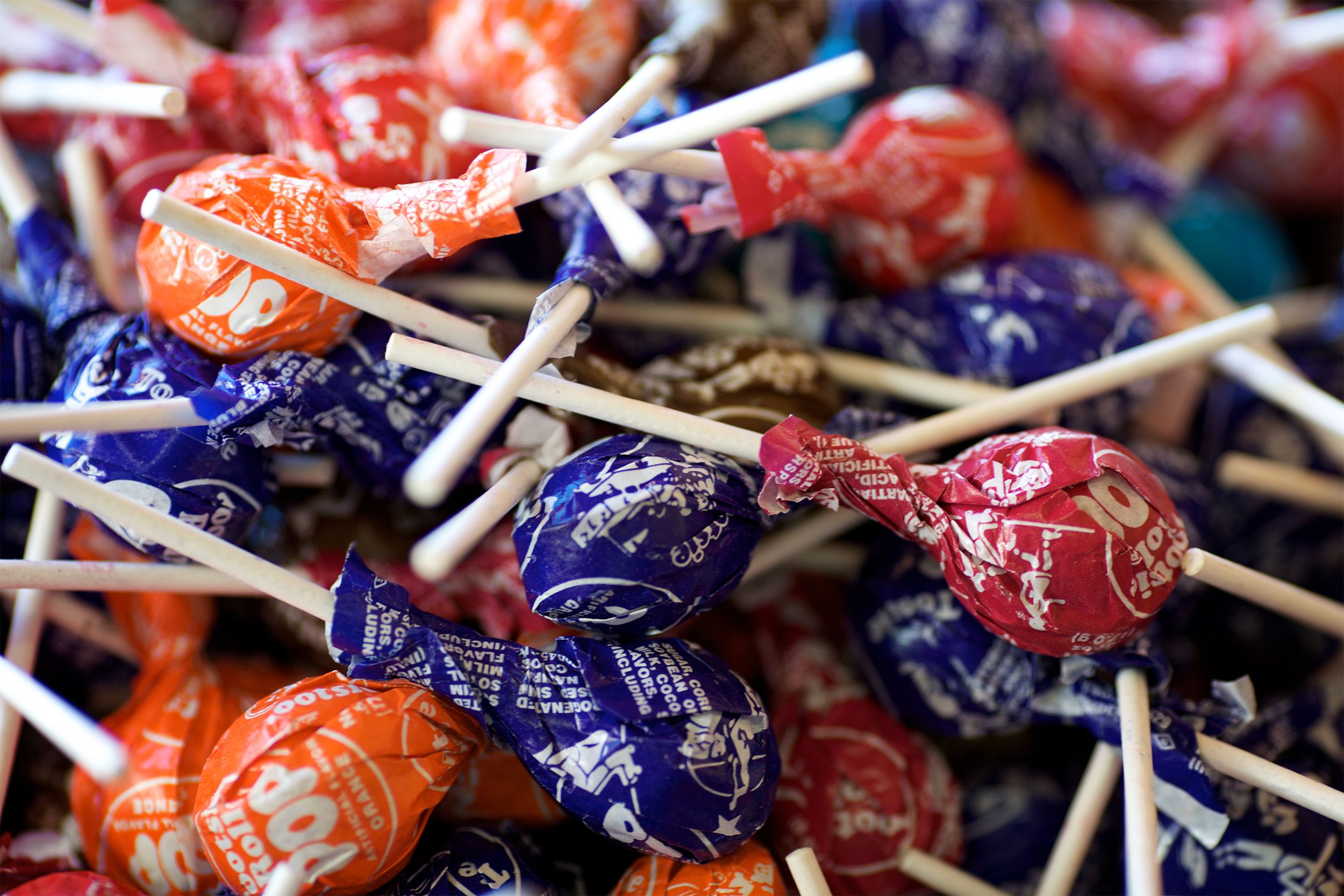
Graham Crackers Were Invented to Curb Sexual Urges

Presbyterian minister Sylvester Graham promoted a healthy lifestyle, with no alcohol use, a fiber-rich vegetarian diet, fresh air, exercise — and the suppression of sexual urges. Part of his prescribed diet was the use of unsifted wheat flour to make “Graham bread.” How this evolved into the graham crackers we know today is unclear, but they came to name-brand prominence under Nabisco in 1898. And now they include refined white flour, which Graham would hate.
Corn Flakes Were Also Invented to Curb Sexual Urges
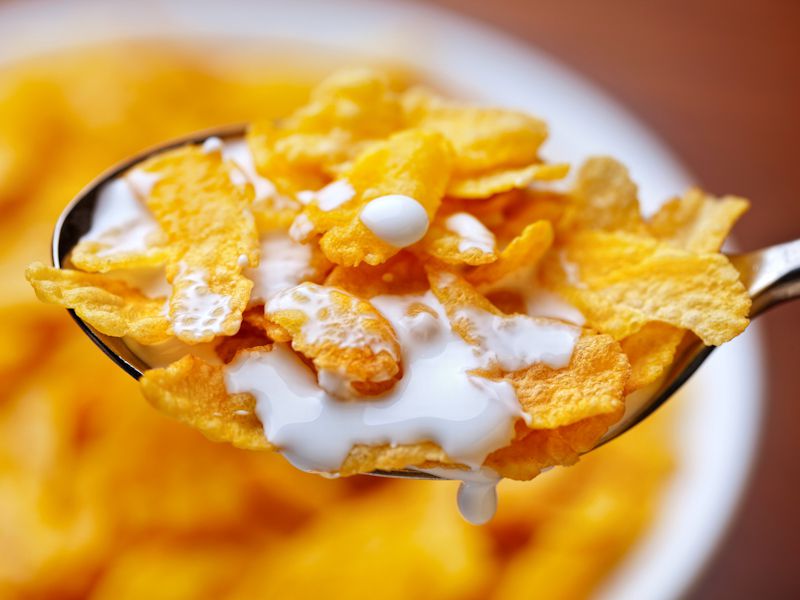
McDonald’s Uses Eyeballs and Other Gross Fillers
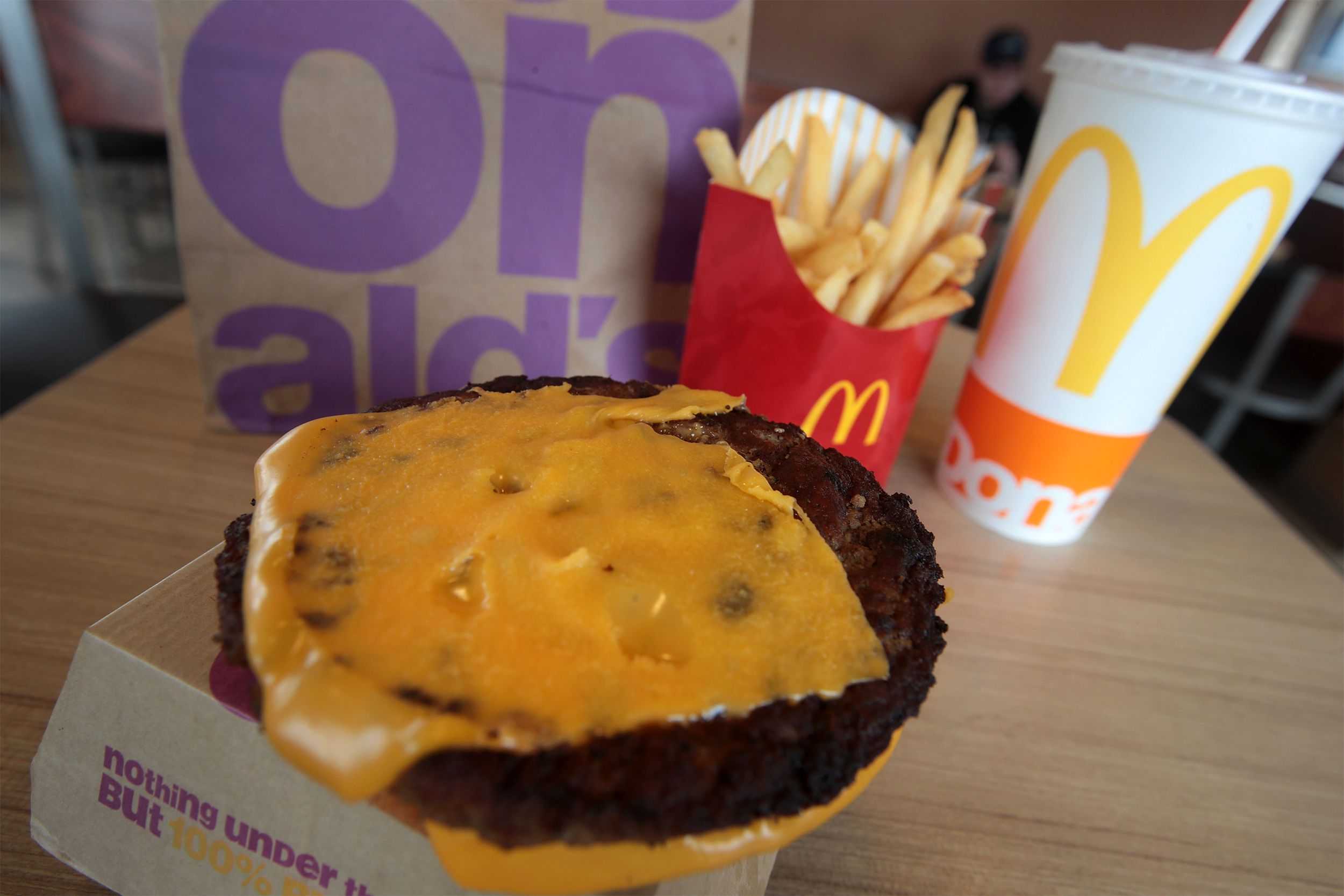
Large food corporations are often viewed with suspicion, a common fear being that they hide gross or inedible-sounding fillers in products to cut costs. McDonald’s has been the subject of countless such allegations, such as bird feathers in McFlurries, worm meat in burgers, or styrofoam balls and “eyeball fluid” in shakes. None of these are true, but such negative perceptions of the restaurants’ use of artificial ingredients has prompted them to start phasing out additives such as high fructose corn syrup and preservatives.
Related: Why McDonald’s Fries Used to Taste Better
Human Finger Found in Wendy’s Chili
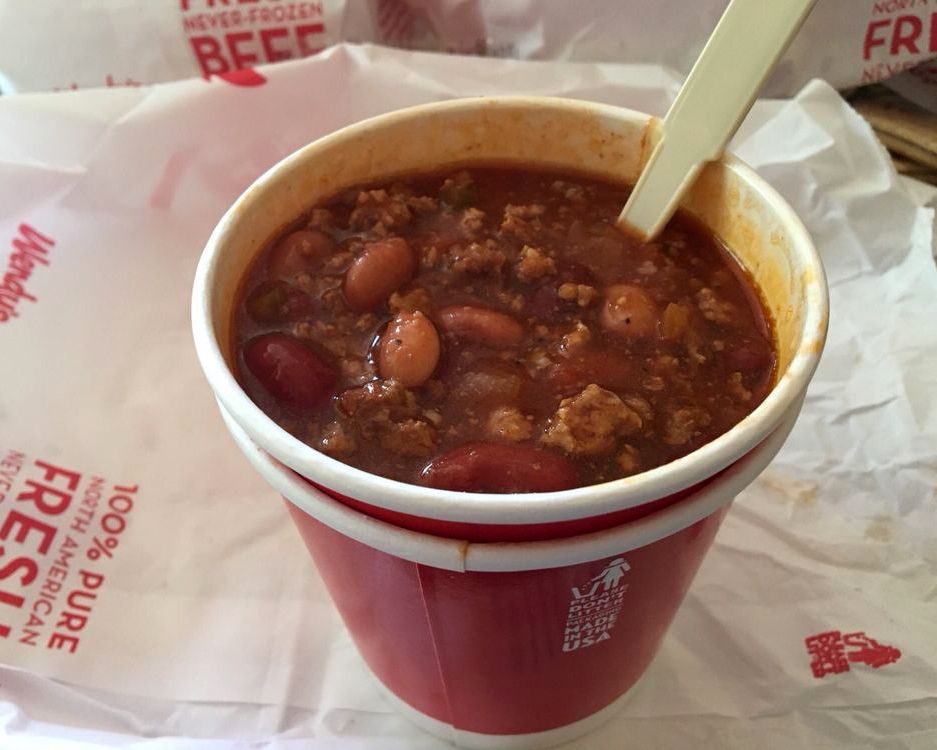
Fast Food Restaurants Serve Fried Rat
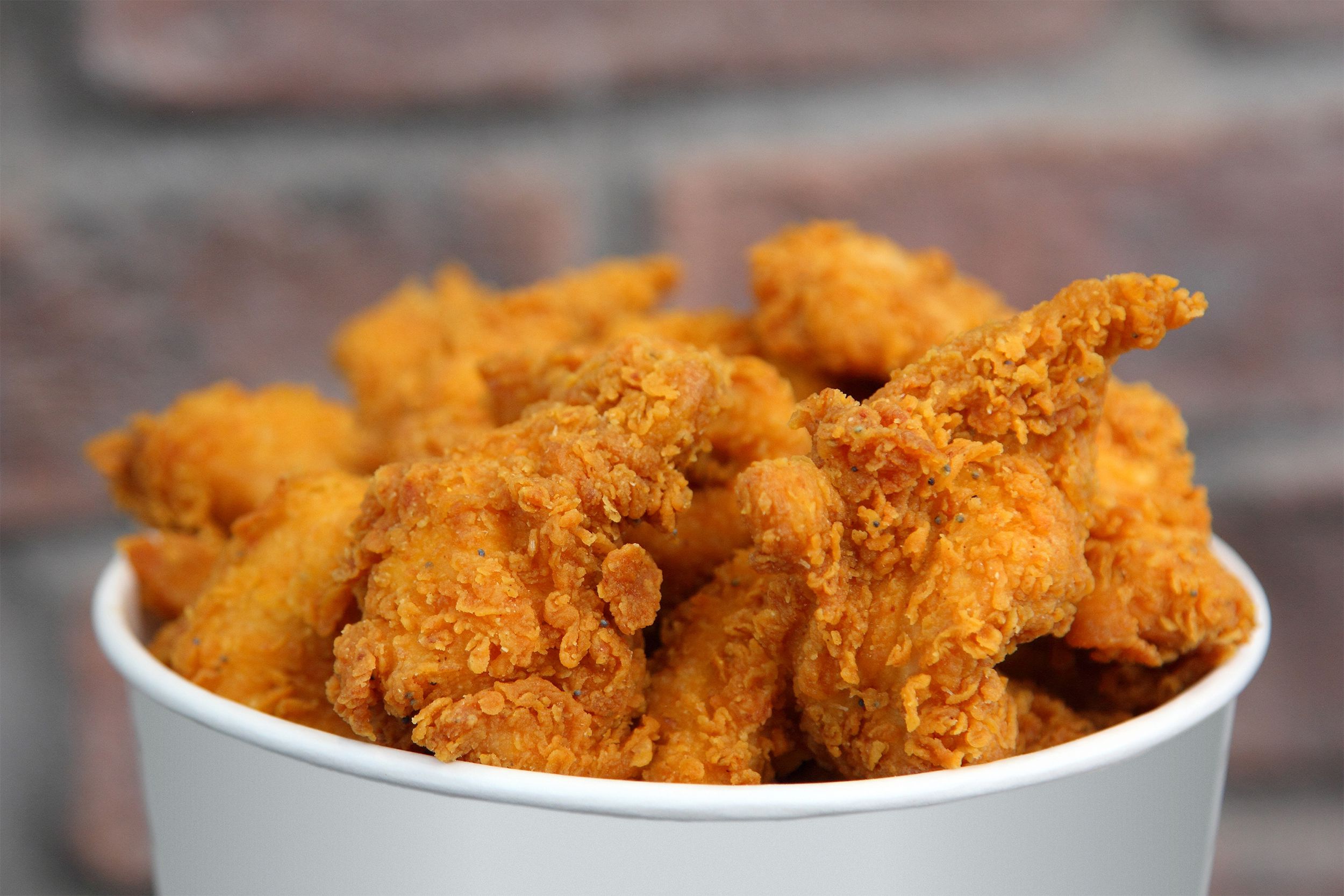
Chinese Restaurants Serve Dog

A 2016 news story about a Florida Chinese restaurant shut down for serving dog meat was only the latest hoax in a century-long line relating to the xenophobic fear that Chinese restaurants secretly incorporate meats taboo to Westerners, such as that of man’s best friend. In this case, as in most, there was no reputable source for the claims, and the Coral Springs police department’s since-deleted Facebook post confirmed it was, in their words, “a fake news story.”
Fanta Originated in Nazi Germany
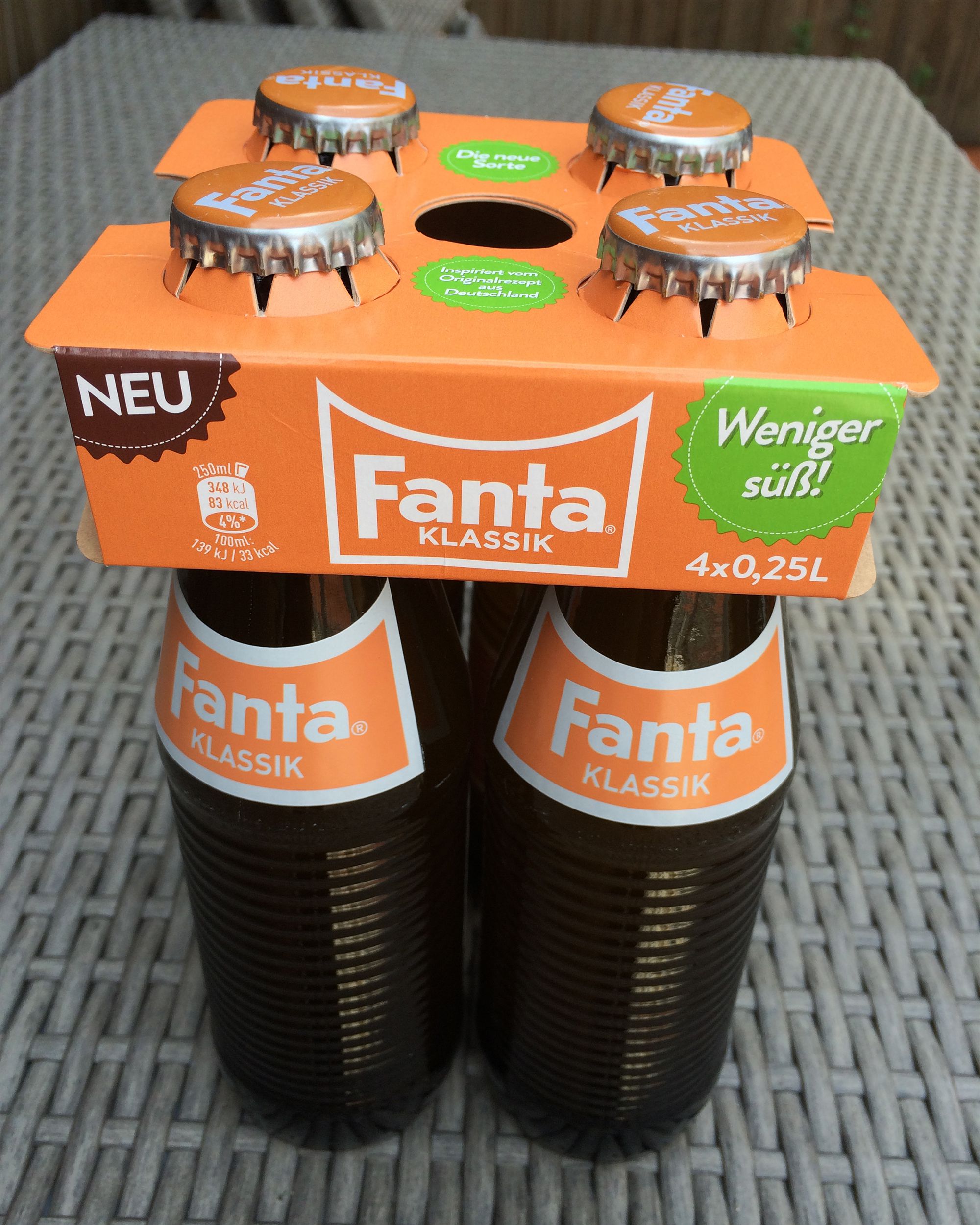
Though a minor presence in the U.S., Fanta ranks up there with Coke as one of the most popular soft drinks in Africa, Latin America, and Europe … for reasons dating back to Nazi Germany. The orange soda was invented by German Coca-Cola bigwig Max Keith after the attack on Pearl Harbor cut off shipments of Coke syrup to the Third Reich. His replacement, made with the dregs of cider apples and other available waste products, became especially popular as food became scarce and citizens started using it as a soup base. It was discontinued after the war until Coke decided it needed another beverage to compete with Pepsi abroad in 1955, though it wasn’t heavily marketed in America until 2001.
Related: 44 Unique Regional Sodas You Have to Try — If You Can Find Them
Tainted Halloween Candy

For years, Halloween has been plagued with stranger-danger fears that candy might conceal poisons, shards of glass, or razor blades — stories that in some cases may have been inspired by a 1964 New York homemaker who bristled against having to give older kids free candy and instead offered steel wool pads or dog biscuits, resulting in a charge of endangering children. Most reports since have been debunked as pranks or hoaxes; the only two confirmed deaths from tainted Halloween candy were caused by family members. Candy tampering hysteria soared in 1982 after Chicago-area deaths from cyanide-laced Tylenol capsules. The industry tried to address concerns by setting up a candy tampering hotline, which hasn’t received a single verified report since.
Lobsters Used to Be Considered Low-Class
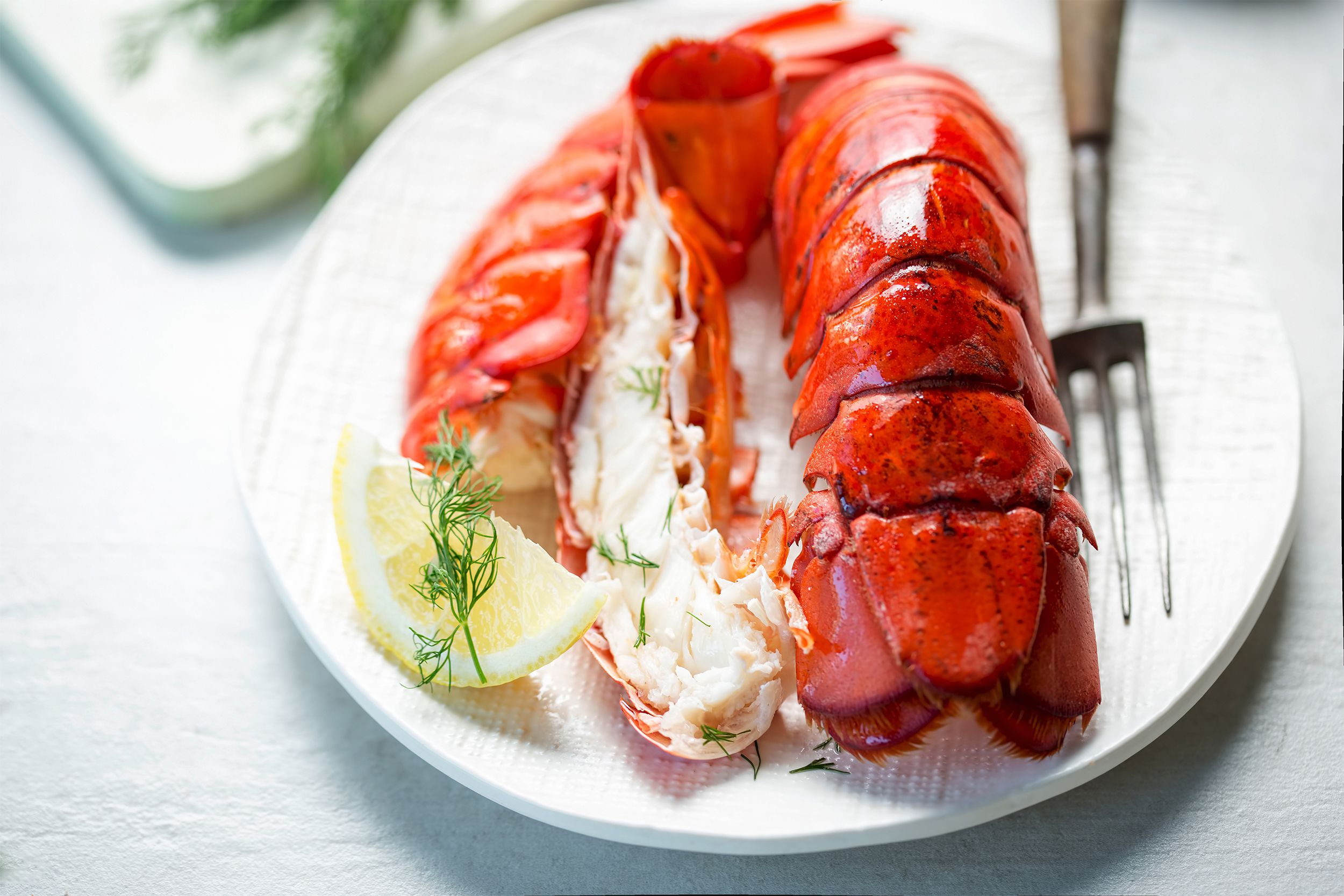
In the 17th and 18th century, lobsters were so plentiful along the Atlantic coastline that people considered them a low-class food source, using them instead as bait for other fish or feed for livestock and indentured servants. Public perception of the shellfish started to change in the later 1800s, when railway managers started billing it as a pricey delicacy, to the pleasure of clueless passengers. Despite a dip in popularity and esteem during the Great Depression, lobster continued its ascent to become the luxury we know it as today.
You Can Overdose on Water

Sugar Causes Tooth Decay, Hyperactivity, and Obesity
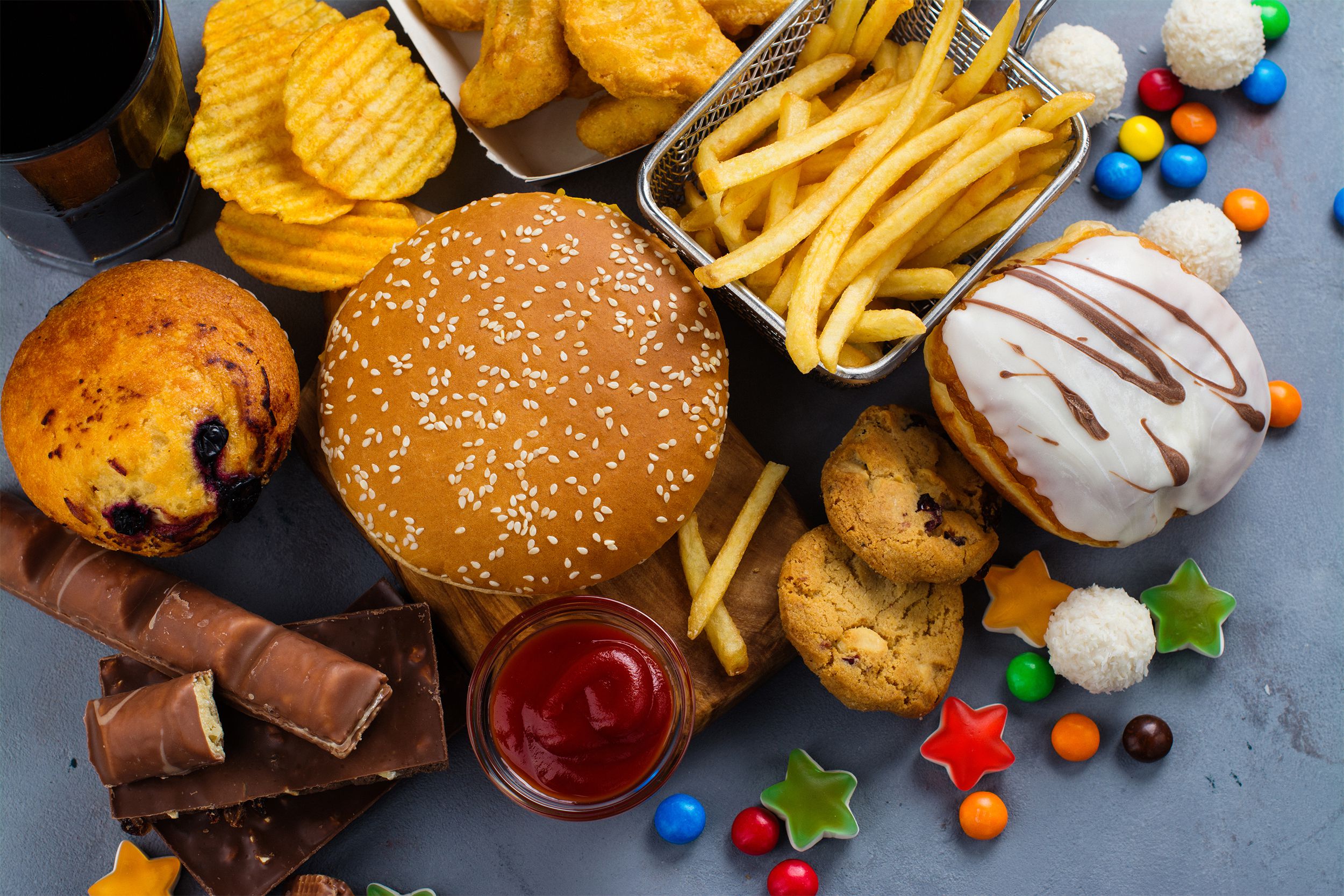
Spicy Foods Cause Ulcers
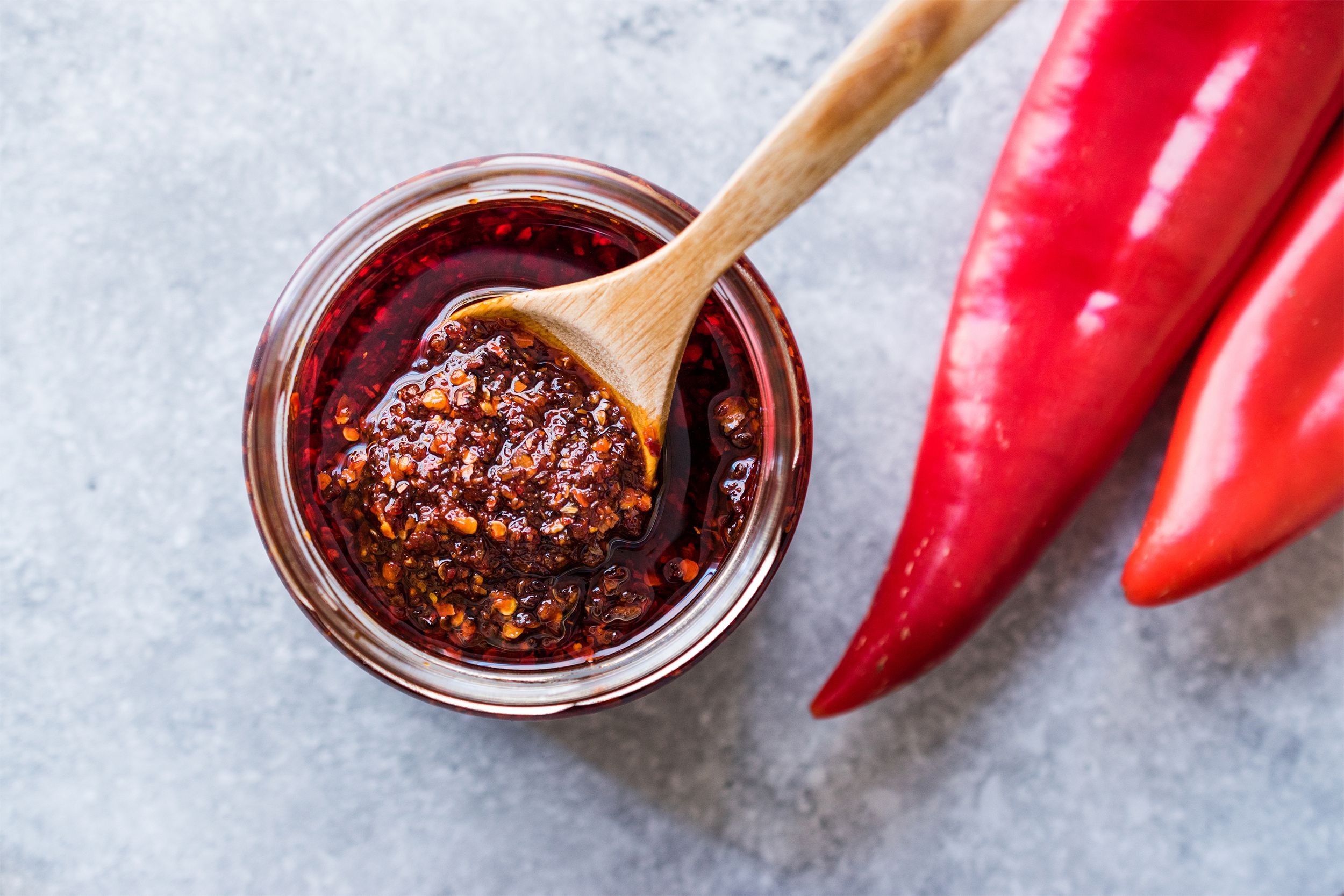
The public and medical professionals alike believed for decades that stomach ulcers could be caused by eating too much spicy or highly acidic foods, along with factors such as drinking and stress. In the early ’80s, researchers confirmed that none of these cause ulcers, though they can irritate them. Their true cause is an infection of the bacterium called H. pylori that is present in about 20% of Americans under age 40 and 50% over 60, though it’s still unknown why only some carriers develop health issues.
Milk Makes Mucus

Junk Food Causes Acne
